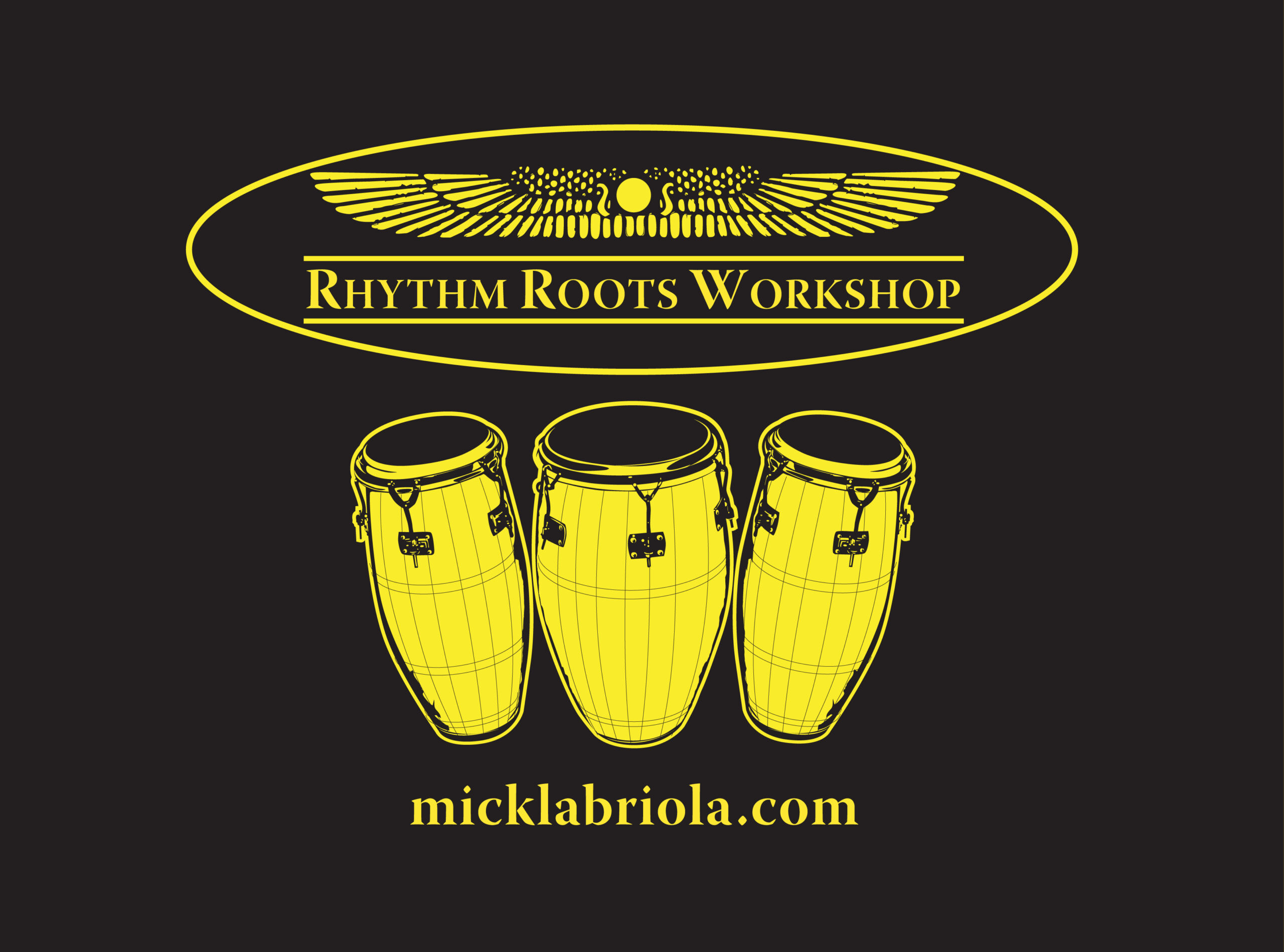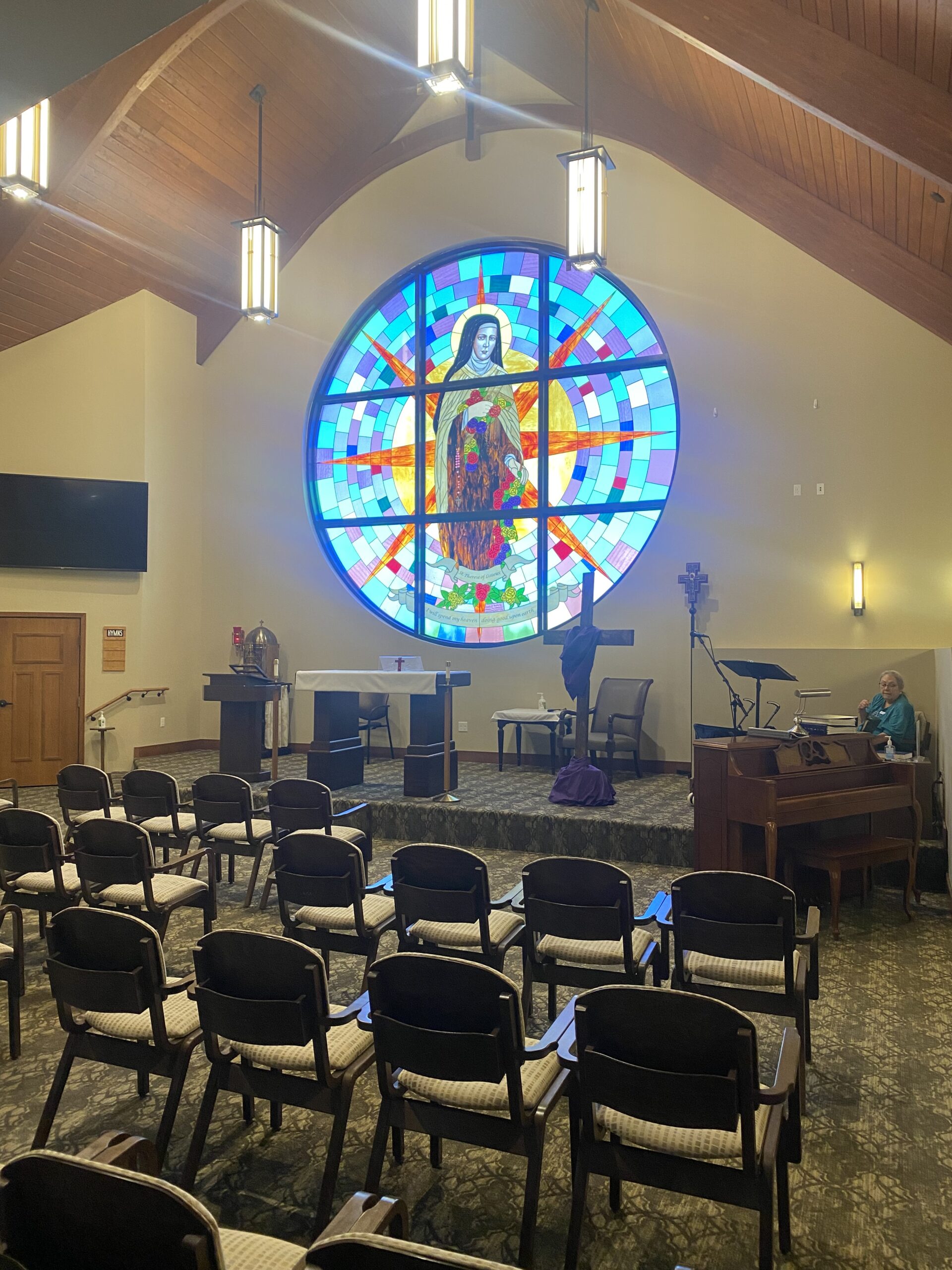Blog
James Moody (March 26, 1925 – December 9, 2010) was an American jazz saxophone and fluteplayer and very occasional vocalist, playing predominantly in the bebop and hard bop styles. The annual James Moody Jazz Festival is held in Newark, New Jersey.
Moody had an unexpected hit with “Moody’s Mood for Love“, a 1952 song written by Eddie Jefferson that used as its melody an improvised solo that Moody had played on a 1949 recording of “I’m in the Mood for Love“. Moody adopted the song as his own, recording it with Jefferson on his 1956 album Moody’s Mood for Love and performing the song regularly in concert, often singing the vocals himself.
more...Lewis Barry Tabackin (born March 26, 1940) is an American jazz tenor saxophonist and flutist. He is married to pianist Toshiko Akiyoshi with whom he has co-led large ensembles since the 1970s.
Tabackin started learning flute at age 12, followed by tenor saxophone at age 15. He has cited Al Cohn and Coleman Hawkins as influences on saxophone, while his flute role models include classical players such as William Kincaid, Julius Baker, and Jean-Pierre Rampal. Tabackin studied flute at the Philadelphia Conservatory of Music and also studied music with composer Vincent Persichetti. In 1962 he graduated from the Conservatory and after serving with the U.S. Army worked with Tal Farlow. He also worked with Chuck Israels in New York City and a band that included Elvin Jones, Donald Byrd, and Roland Hanna. Later he was a member of The Dick Cavett Show band and The Tonight Show Band with Doc Severinsen. He moved from New York to California with The Tonight Show in 1972. During this time he played with Shelly Manne and Billy Higgins.
more...Donald Orlando “Duck” Bailey (March 26, 1933 – October 15, 2013) was an American jazz drummer.
Bailey was born in Philadelphia, Pennsylvania, on March 26, 1933. He was largely self-taught as a drummer.
Bailey got his big break in the jazz world and he is probably best known as the drummer in the trio of jazz organist Jimmy Smith from 1956 to 1964 and also for his work with The Three Sounds on Blue Note Records. While based in Los Angeles, Bailey also worked as a sideman for musicians including Sarah Vaughan, Carmen McRae, Hampton Hawes, Kenny Burrell, and Red Mitchell. In the mid-1970s, Bailey moved to Japan, where he lived for five years.
His album Blueprints of Jazz, Vol. 3 was recorded in 2006 and issued by Talking House Records in 2008. It features Charles Tolliver (trumpet), Odean Pope (tenor saxophone), George Burton (piano), and Tyrone Brown (bass). The album is part of the Blueprints of Jazz series conceived, produced and recorded by Talking House Productions with an aim to expose the histories and current work of important but often lesser-known jazz players who had contributed to the sounds of jazz legends from the 50’s, 60’s, and 70’s. Production and recording of the albums was helmed by Talking House producers Marc Weibel and Stephen Smith.
more...

IC 443 (also known as the Jellyfish Nebula and Sharpless 248 (Sh2-248)) is a galactic supernova remnant (SNR) in the constellation Gemini. On the plane of the sky, it is located near the star Eta Geminorum. Its distance is roughly 5,000 light years from Earth.
IC 443 may be the remains of a supernova that occurred 30,000 – 35,000 years ago. The same supernova event likely created the neutron star CXOU J061705.3+222127, the collapsed remnant of the stellar core. IC 443 is one of the best-studied cases of supernova remnants interacting with surrounding molecular clouds.

more...
Kermit Holden “Pete” Johnson (March 25, 1904 – March 23, 1967 Kansas City, MO) was an American boogie-woogieand jazz pianist.
Tony Russell stated in his book The Blues – From Robert Johnson to Robert Cray that “Johnson shared with the other members of the ‘Boogie Woogie Trio’ the technical virtuosity and melodic fertility that can make this the most exciting of all piano music styles, but he was more comfortable than Meade Lux Lewis in a band setting; and as an accompanist, unlike Lewis or Albert Ammons, he could sparkle but not outshine his singing partner”. Scott Yanow for AllMusic, wrote: “Johnson was one of the three great boogie-woogie pianists”, the others being Lewis and Ammons “whose sudden prominence in the late 1930s helped make the style very popular”.
more...Aretha Louise Franklin (March 25, 1942 – August 16, 2018 Memphis, TN) was an American singer, songwriter and pianist. Referred to as the “Queen of Soul“, Rolling Stone twice named her as the greatest singer of all time. With global sales of over 75 million records, Franklin is one of the world’s best-selling music artists.
As a child, Franklin was noticed for her gospel singing at New Bethel Baptist Church in Detroit, Michigan, where her father C. L. Franklin was a minister. At the age of 18, she was signed as a recording artist for Columbia Records. While her career did not immediately flourish, Franklin found acclaim and commercial success once she signed with Atlantic Records in 1966. She recorded acclaimed albums such as I Never Loved a Man the Way I Love You (1967), Lady Soul (1968), Spirit in the Dark (1970), Young, Gifted and Black (1972), Amazing Grace (1972), and Sparkle (1976), before experiencing problems with the record company. Franklin left Atlantic in 1979 and signed with Arista Records. Her success continued with the albums Jump to It (1982), Who’s Zoomin’ Who? (1985), Aretha (1986) and A Rose Is Still a Rose (1998).
Franklin recorded 112 charted singles on the US Billboard charts, including 73 Hot 100 entries, 17 top-ten pop singles, 100 R&B entries and 20 number-one R&B singles. Her best-known hits include “I Never Loved a Man (The Way I Love You)“, “Respect“, “(You Make Me Feel Like) A Natural Woman“, “Chain of Fools“, “Think“, “I Say a Little Prayer“, “Ain’t No Way“, “Call Me“, “Don’t Play That Song (You Lied)“, “Spanish Harlem“, “Rock Steady“, “Day Dreaming“, “Until You Come Back to Me (That’s What I’m Gonna Do)“, “Something He Can Feel“, “Jump to It“, “Freeway of Love“, “Who’s Zoomin’ Who“, “I Knew You Were Waiting (For Me)” (a duet with George Michael) and “A Rose Is Still a Rose“. Aside from music, she appeared in the 1980 film The Blues Brothers.
Franklin received numerous honors throughout her career. She won 18 Grammy Awards (out of 44 nominations), including the first eight awards given for Best Female R&B Vocal Performance (1968–1975), a Grammy Awards Living Legend honor and Lifetime Achievement Award. She was also awarded the National Medal of Arts and the Presidential Medal of Freedom. In 1987, she became the first female artist to be inducted into the Rock and Roll Hall of Fame. Her other inductions include the UK Music Hall of Fame in 2005, the Gospel Music Hall of Fame in 2012, and posthumously the National Women’s Hall of Fame in 2020. In 2019, the Pulitzer Prize jury awarded her a posthumous special citation “for her indelible contribution to American music and culture for more than five decades”.
more...Stephen Paul Motian (March 25, 1931 – November 22, 2011 Philadelphia, Pennsylvania) was an American jazz drummer, percussionist, and composer. Motian played an important role in freeing jazz drummers from strict time-keeping duties.
He first came to prominence in the late 1950s in the piano trio of Bill Evans, and later was a regular in pianist Keith Jarrett‘s band for about a decade (c. 1967–1976). Motian began his career as a bandleader in the early 1970s. Perhaps his two most notable groups were a longstanding trio of guitarist Bill Frisell and saxophonist Joe Lovano, and the Electric Bebop Band where he worked mostly with younger musicians on interpretations of bebop standards.
more...Cecil Percival Taylor (March 25, 1929 – April 5, 2018) was an American pianist and poet. Taylor was classically trained and was one of the pioneers of free jazz. His music is characterized by an energetic, physical approach, resulting in complex improvisation often involving tone clusters and intricate polyrhythms. His technique has been compared to percussion. Referring to the number of keys on a standard piano, Val Wilmer used the phrase “eighty-eight tuned drums” to describe Taylor’s style. He has been referred to as being “like Art Tatum with contemporary-classical leanings”. Cecil Percival Taylor was born on March 25, 1929, in Long Island City, Queens, and raised in Corona, Queens.
more...The shadow of the Moon can be seen darkening part of Earth. This shadow moved across the Earth at nearly 2000 kilometers per hour. Only observers near the center of the dark circle see a total solar eclipse – others see a partial eclipse where only part of the Sun appears blocked by the Moon. This spectacular picture of the 1999 August 11 solar eclipse was one of the last ever taken from the Mir space station. The two bright spots that appear on the upper left are thought to be Jupiter and Saturn. Mir was deorbited in a controlled re-entry in 2001. A new solar eclipse will occur over North America in about two weeks.

more...
Paul Brownlee McCandless Jr. (born March 24, 1947) is a multi-instrumentalist and founding member of the American jazz group Oregon. He is one of the few jazz oboists. He also plays bass clarinet, English horn, flute, penny whistle, tenor saxophone, sopranino saxophone, and soprano saxophone.
Paul Brownlee McCandless Jr. was born in Indiana, Pennsylvania, United States, into a musical family. His father (who was also an oboe and English horn player) taught him clarinet, his mother piano, and he attended the Manhattan School of Music. In 1971 he auditioned with the New York Philharmonic playing English horn and was a finalist.
McCandless has released a series of records of his own compositions with bands he led, including All the Mornings Bring (Elektra/Asylum, 1979), Navigator (Landslide, 1981), Heresay (Windham Hill, 1988), Premonition (Windham Hill, 1992). With Oregon, he has recorded over twenty albums, as well as several albums with Paul Winter.
more...Lee Oskar (born 24 March 1948) is a Danish harmonica player, notable for his contributions to the sound of the rock-funk fusion group War, which was formed by Howard E. Scott and Harold Brown, his solo work, and as a harmonicamanufacturer.He continues to play with 3 other original War band members, Harold Brown, Howard Scott and B.B. Dickerson, under the name LowRider Band.
more...Carol Kaye (née Smith; born March 24, 1935) is an American musician. She is one of the most prolific recorded bass guitarists in rock and pop music, playing on an estimated 10,000 recordings in a career spanning over 65 years.
more...More Posts
- James Booker
- Art Neville
- World Music with Mónika Lakatos
- Daily Roots with Scientist
- Surviving the Pandemic and Realizing Racial Justice
- The Cosmos with 1E 0657-558
- Robben Ford
- John Abercrombie
- Joe Farrell
- Johnny Hammond Smith
- Ludwig van Beethoven
- World Music with Daby Touré
- Daily Roots with Keith Hudson
- Surviving the Pandemic and Realizing Racial Justice
- The Cosmos with SDSS J225506.80+005839.9.
- Carmen Appice
- Eddie Palmieri
- Dannie Richmond
- Curtis Fuller
- Barry Harris